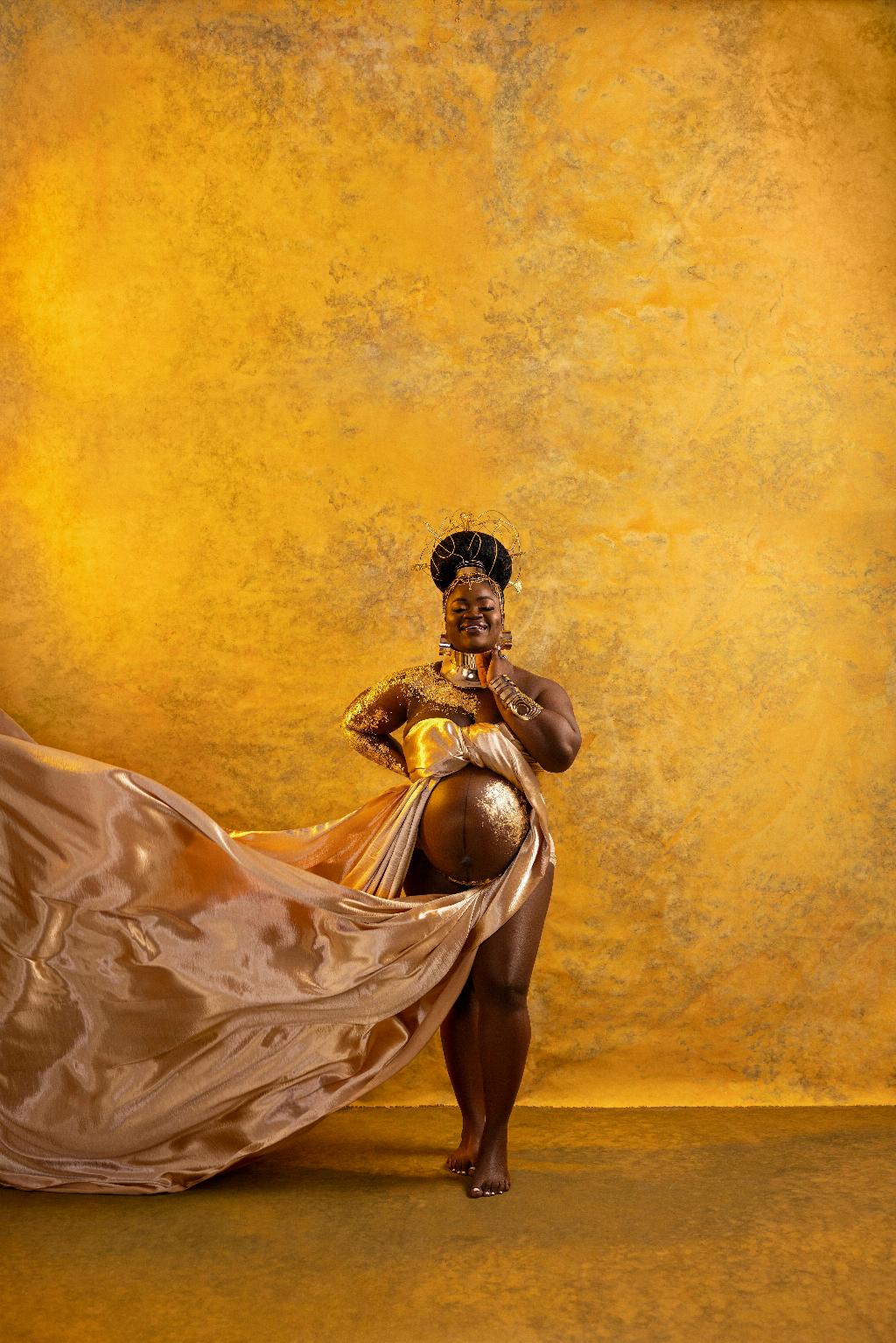Pregnancy stretch marks are a common concern for many women. These marks, also known as striae gravidarum, are caused by the stretching of the skin during pregnancy. As the body grows to accommodate the developing baby, the skin stretches, leading to the formation of these marks.
Factors Affecting Stretch Marks
Several factors can influence the appearance of pregnancy stretch marks. These include genetics, skin type, and the amount of weight gained during pregnancy. While some women may develop prominent stretch marks, others may have minimal marking due to these factors.
Postpartum Changes
After giving birth, many women notice a change in the appearance of their stretch marks. Initially, the marks may appear red or purple in color and raised. As time passes, these marks tend to fade into paler scars and become less noticeable. However, it is essential to note that pregnancy stretch marks may not vanish completely.
Managing Stretch Marks
While pregnancy stretch marks may not completely disappear, there are ways to manage their appearance. Moisturizing the skin regularly can help improve its elasticity and reduce the prominence of stretch marks. Additionally, maintaining a healthy weight and staying hydrated can contribute to overall skin health.
Consulting a Dermatologist
If you are concerned about the appearance of your pregnancy stretch marks, consider consulting a dermatologist. They can provide personalized recommendations and treatments to help minimize the visibility of these marks. Options such as laser therapy, microdermabrasion, and topical creams may be suggested to address stretch marks.
Embracing Your Body
It is essential to remember that pregnancy stretch marks are a natural part of the body’s transformation during pregnancy. Instead of focusing solely on their appearance, embracing your body and the journey it has been through can foster self-acceptance and confidence.
Self-Care Practices
Incorporating self-care practices into your daily routine can also support skin health and overall well-being. Engaging in gentle exercises, eating a balanced diet rich in vitamins and minerals, and getting an adequate amount of rest can contribute to the maintenance of healthy skin.
Be Patient with Your Body
It is crucial to be patient with your body as it undergoes the postpartum healing process. While the visibility of pregnancy stretch marks may lessen over time, they may not completely fade away. Practicing self-love and embracing your body’s changes can aid in accepting these marks as a part of your unique journey.
Supportive Clothing Choices
Choosing supportive clothing that makes you feel comfortable and confident can also help in accepting your body post-pregnancy. Opt for breathable fabrics and well-fitted garments that accommodate your body’s changes and make you feel good about yourself.
Community Support
Connecting with other mothers who have experienced pregnancy stretch marks can provide a sense of community and understanding. Sharing experiences, tips, and encouragement with others who can relate to your journey can be empowering and uplifting.
Focus on Overall Well-Being
Remember that true beauty comes from within and encompasses more than just physical appearance. Focusing on your overall well-being, including mental, emotional, and physical health, can contribute to a positive self-image and a strong sense of self-worth.
Conclusion
In conclusion, pregnancy stretch marks may fade over time but are unlikely to disappear completely. Embracing your body’s changes, practicing self-care, seeking professional guidance if needed, and surrounding yourself with supportive individuals can aid in accepting and loving your post-pregnancy body.

